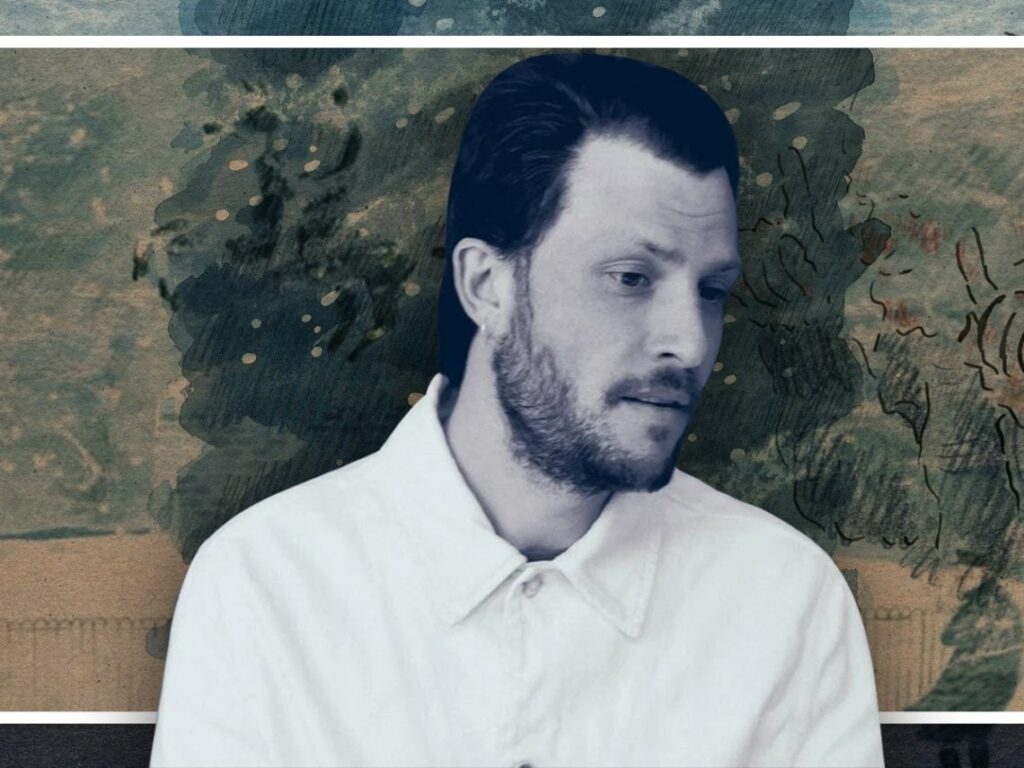The director Danny Boyle compared to Picasso: “He never gets the credit”
 Posted On
Posted On
(Credit: Alamy)
Ever since his debut feature, Shallow Grave, arrived in 1995, Danny Boyle has been carving out a legacy for himself as one of the most significant names in contemporary British cinema. With an ability to deliver moving narratives with masterful composure and energy, Boyle’s place in film history is more than assured.
The gems attached to Boyle’s name are, after all, seemingly endless. From the gritty nature of 1996’s Trainspotting to the idealism of The Beach to the progenitor of the modern zombie movie in 28 Days Later, Boyle has proven his versatility in style, tone and genre, making it easy to see why his films have garnered such widespread acclaim.
Innovation is always at the forefront of Boyle’s mind when making a film, and he often pushes the boundaries of his productions, as in his science fiction project Sunshine. However, the narrative is also of the utmost importance to the Lancashire-born director, as proven in the emotive qualities of Slumdog Millionaire.
Like any director worth their salt, Boyle has always been aware of the great figures in his profession and has never strayed away from naming his favourite directors. When Boyle was invited to the JR Video Store in Paris, he spoke highly of several directors and gave particular attention to one of England’s most significant filmmakers, Nicolas Roeg.
Roeg was a true master of the cinematic language, and his unique storytelling abilities and haunting visual style afforded him an unrivalled reputation in British cinema. One of Roeg’s earliest works, Performance, pushed the boundaries of narrative and delivered a sexual and violent film starring James Fox and Mick Jagger, while 1971’s Walkabout saw the director tackle the adventure survival genre and utterly master it.
“He was a cinematographer,” Boyle said of Roeg, pointing out the visual prowess of his predecessor director. “He was an extraordinary cinematographer, and he took apart all the elements of filmmaking.” In fact, Boyle thought that Roeg was capable of crafting his movies in the style of one of the most important painters of all time, with a vision of deconstruction and reassembly.
“He literally deconstructs them like Picasso used to do and puts them back together again in different ways,” Boyle noted. Not only was Roeg adept from a visual perspective, but he was also a master of sound, according to Boyle, which was a facet of his works for which he never seemed to get any credit. “So, for me, he’s the filmmaker’s Picasso, really,” he signed off.
If there was one movie in which Roeg detailed his credentials as an artist, it was in his 1973 masterpiece thriller Don’t Look Now. Starring Donald Sutherland and Julie Christie as a married couple who travel to Venice following the death of their young daughter, Roeg’s film is an astonishing work of tension and atmosphere and explores the difficult nature of grief and death.
Perhaps the other most significant work Roeg contributed was the science fiction work The Man Who Fell to Earth, starring David Bowie, proving that the director possessed an unrivalled versatility when it came to making movies starkly different from one another. In this light, it’s easy to see why Danny Boyle would call Roeg “Picasso”, seeing as he could dissect the essential ingredients of filmmaking and glue them back together in increasingly unique ways.
[embedded content]

